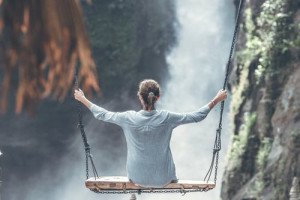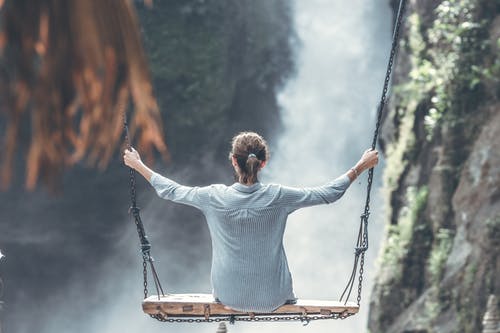 Have you ever taken a moment to ponder this question? We would love to share with you a recent blog post from our BioDynamic Craniosacral therapist Sarah Balis. Join us as she gives insight into how she came to realise why she does what so does and exactly what BioDynamic Craniosacral therapy actually is.
Have you ever taken a moment to ponder this question? We would love to share with you a recent blog post from our BioDynamic Craniosacral therapist Sarah Balis. Join us as she gives insight into how she came to realise why she does what so does and exactly what BioDynamic Craniosacral therapy actually is.
We are asked “what do you do?” so often, and the question itself has problems – I really believe that we are much more than the work that we do, that the question speaks to a system that is breaking, finding value only in economic merit. The question of why , that interests me more. What drives you to keep going back? What got you there in the first place? Why this, why now?
I can honestly say that Craniosacral Therapy found me, I didn’t find it. Indeed, it actually had to tap at my door a bunch of times over the years before I sat up and noticed, and finally went and answered.
I’ve worked in a range of fields over the years – I’ve been a social worker, an assistant to a woman in a wheelchair, an English teacher, a database manager, and an art gallery attendant. I’d done a lot of jobs that I’d really enjoyed, but had never felt that I had found what I was really passionate about.
Craniosacral Therapy entered my awareness back in 2010. I had a one-off treatment by a friend in Bali after a dance retreat. It was a turning point, but I wasn’t yet ready to explore it further. In 2012 I heard of it again, as a great treatment for little babies. I googled a couple of courses, but nothing gelled.

In 2014 I had my own first baby. All was going well until a big health scare when he was 13 months old. We ended up at the Children’s Hospital and after a very scary couple of hours our baby was in ICU after having intubation, antibiotics, general anaesthetic, morphine, and who knows what else. Luckily, the cause of the scare was incredibly treatable, and he healed very quickly.
Afterwards, I knew that his body had healed but that he would still be carrying the trauma of that incident in him. He couldn’t talk to me about it but I wanted to let his body have time to release anything it was storing from the experience. I found a Biodynamic Craniosacral Therapist and took him for an appointment. She helped him a lot, and suddenly the time had come.
Before I knew it, I’d committed to the 2-year Diploma course run by Body Intelligence Training in Melbourne. The tapping at the door had turned into persistent banging and I couldn’t ignore it anymore.
The first day in the training, I sat there knowing that I was in the right place. I was getting YESes from everything and everywhere – everything fell into place to make the training possible. I actually became pregnant with my second child early in the training, and gave birth at around the halfway point of the course! Needless to say it took me a little longer to complete the training, but I am now the proud owner of a Diploma as well as mother of two kids who have benefitted greatly from my Craniosacral Therapy!

I feel so blessed to be able to work with people on their journey to living lives filled with more health, vitality and wholeness. We have so few opportunities in our lives for real reverential touch. The work of Biodynamic Craniosacral Therapy is done in full presence to the person on the table, and leaves me as the therapist completely blown away at the power of knowledgeable, present touch. Clients report a deep sense of relaxation, becoming more in tune with their body and its myriad systems, healing of wounds old and new, and so much more. The distinction of this therapy is that it is done at your pace, peeling back the onion layers one by one and a rate that fits with your personal situation and needs. I work as a facilitator to your healing, but you are in charge of the journey, always.
What is Biodynamic Craniosacral Therapy?
Biodynamic Craniosacral Therapy (BCST) is a bodywork that focusses on looking for and amplifying your inherent health. Sessions are done fully clothed on a massage table, with holds possible at many places on the body – often feet, legs, hips/pelvis, back, neck and head. For a full description and to find out more see my about page.

